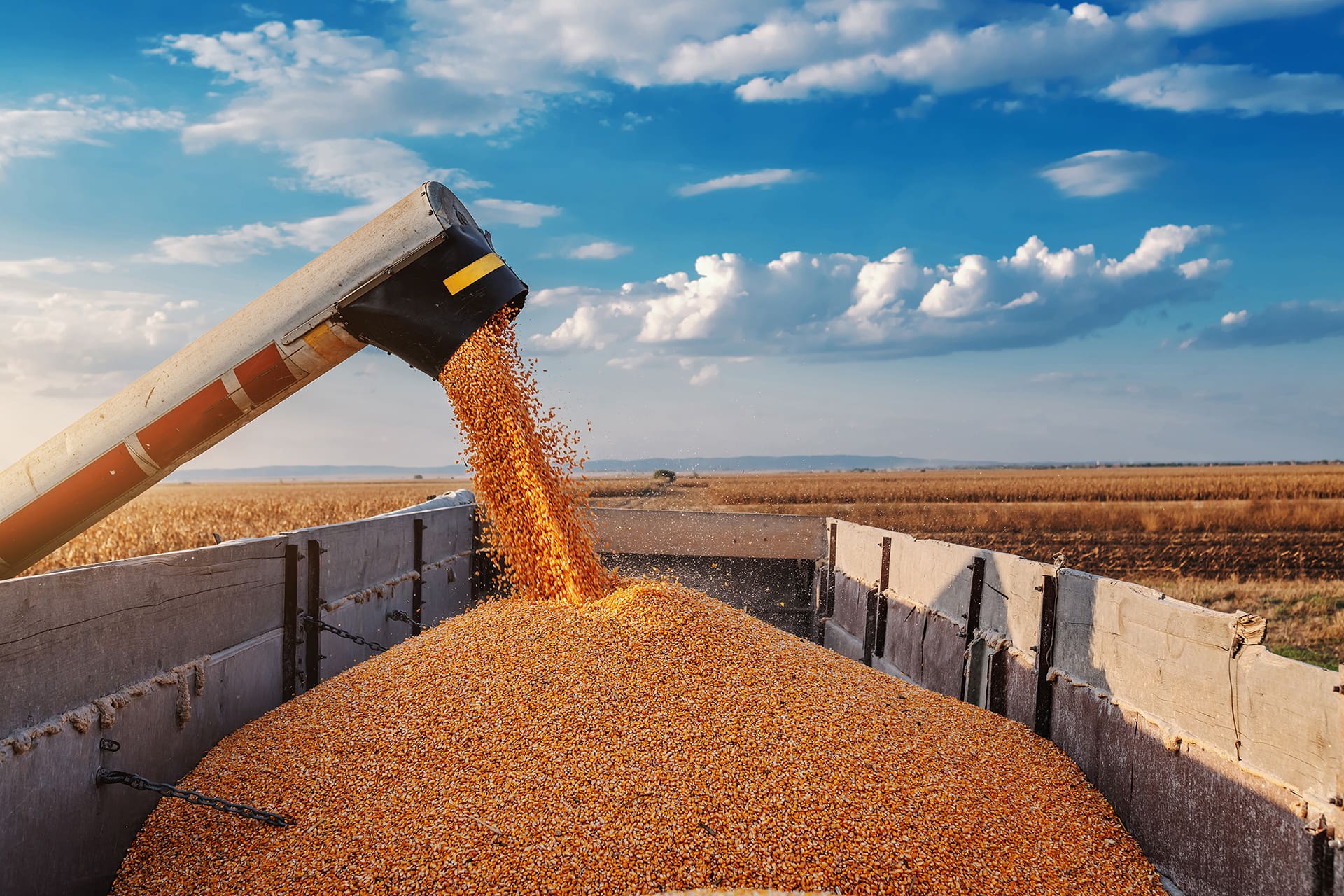Despite challenges, the competitiveness of maize and wheat has shown a month-on-month rebound, with wheat in particular expected to become more competitive in the 2025/26 marketing year. This shift in dynamics is set to influence feed consumption across the EU–27 and impact the agricultural sector as a whole.
Forecast for Cereal Uses in EU Animal Feeds
For the 2024/25 marketing year, total cereal usage in animal feeds within the EU–27 is forecast to be lower than the previous year. This includes a notable decline in wheat consumption, alongside smaller reductions for rye and triticale. However, the consumption of barley and oats is expected to rise, while maize consumption is projected to remain steady.
In the face of lower expected on-farm uses, total consumption of the three main cereals (wheat, barley, and maize) in EU animal feed is revised downward. This decrease is particularly driven by the disappointing 2024 harvest across the EU–27, which has significantly impacted on-farm wheat uses.
Soymeal and Other Oilmeals in Animal Feed
On the positive side, oilmeal consumption is expected to increase from the previous year’s levels, particularly due to soymeal becoming more competitive against wheat and rival oilmeals. This shift has prompted a revision higher in soymeal use for 2024/25, which will support the overall increase in oilmeal consumption across animal feed markets.
Looking Ahead to 2025/26: Rebound in Wheat and Barley
Looking further ahead, EU animal feed forecasts for the 2025/26 marketing year show a potential rebound in wheat, barley, and maize consumption. With an expected increase in wheat production of at least 11%, wheat’s competitiveness against soymeal is expected to strengthen. This will result in an increase in wheat consumption by 3.8 million tonnes (Mt), reaching a total of 45.6 Mt. Conversely, maize consumption is predicted to fall by 0.5 Mt to 57.4 Mt, dipping below the five-year average, while barley is forecast to see a decline of 0.5 Mt, reaching 32.3 Mt.
This shift in feed ingredient demand reflects a more favorable environment for wheat, both in terms of production and pricing, which will lead to a higher reliance on wheat in animal feed rations. Most of the rise in grain usage is expected to stem from on-farm wheat consumption as opposed to broader market needs.
Soymeal/Wheat Price Ratio: A Changing Dynamic
A key factor in the competitiveness of feed ingredients is the soymeal/wheat price ratio, which continues to evolve. For the 2024/25 marketing year, the price ratio in France currently stands at 1.87, a slight decline from 1.91 last month, and significantly lower than the 2.5 seen in 2023/24. This trend indicates that soymeal is becoming more competitive in comparison to wheat. However, this dynamic is expected to shift again in 2025/26, with the ratio moving back in favor of wheat, reaching 2.01 for the period from July to September 2025.
This reversal in the ratio underscores the growing competitiveness of wheat as it becomes a more attractive option relative to soymeal for animal feed producers in the EU. It is expected to have a significant impact on the types of feed ingredients used, especially as the market adjusts to an evolving pricing landscape.
Conclusion: Shifting Dynamics in EU Animal Feed
As the EU animal feed market continues to adjust to changing production conditions and pricing trends, the competitiveness of maize and wheat will play a crucial role in shaping feed ingredient choices for 2024/25 and beyond. The decline in wheat consumption for the current marketing year, alongside increased use of soymeal, will give way to a rebound for wheat in the 2025/26 period, supported by higher production levels and more favorable pricing dynamics.
These evolving trends highlight the importance of closely monitoring nutritional trends and European animal feed market news to stay ahead of shifts in ingredient markets and make informed decisions. The upcoming years will be marked by a dynamic balance between cereals, oilmeals, and other macro-ingredients such as wheat and soymeal, as well as micro-ingredients including amino acids.


